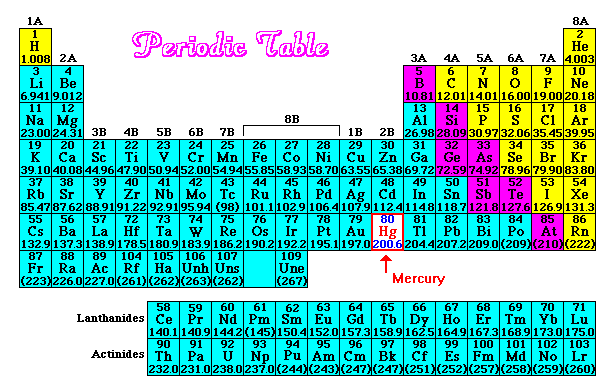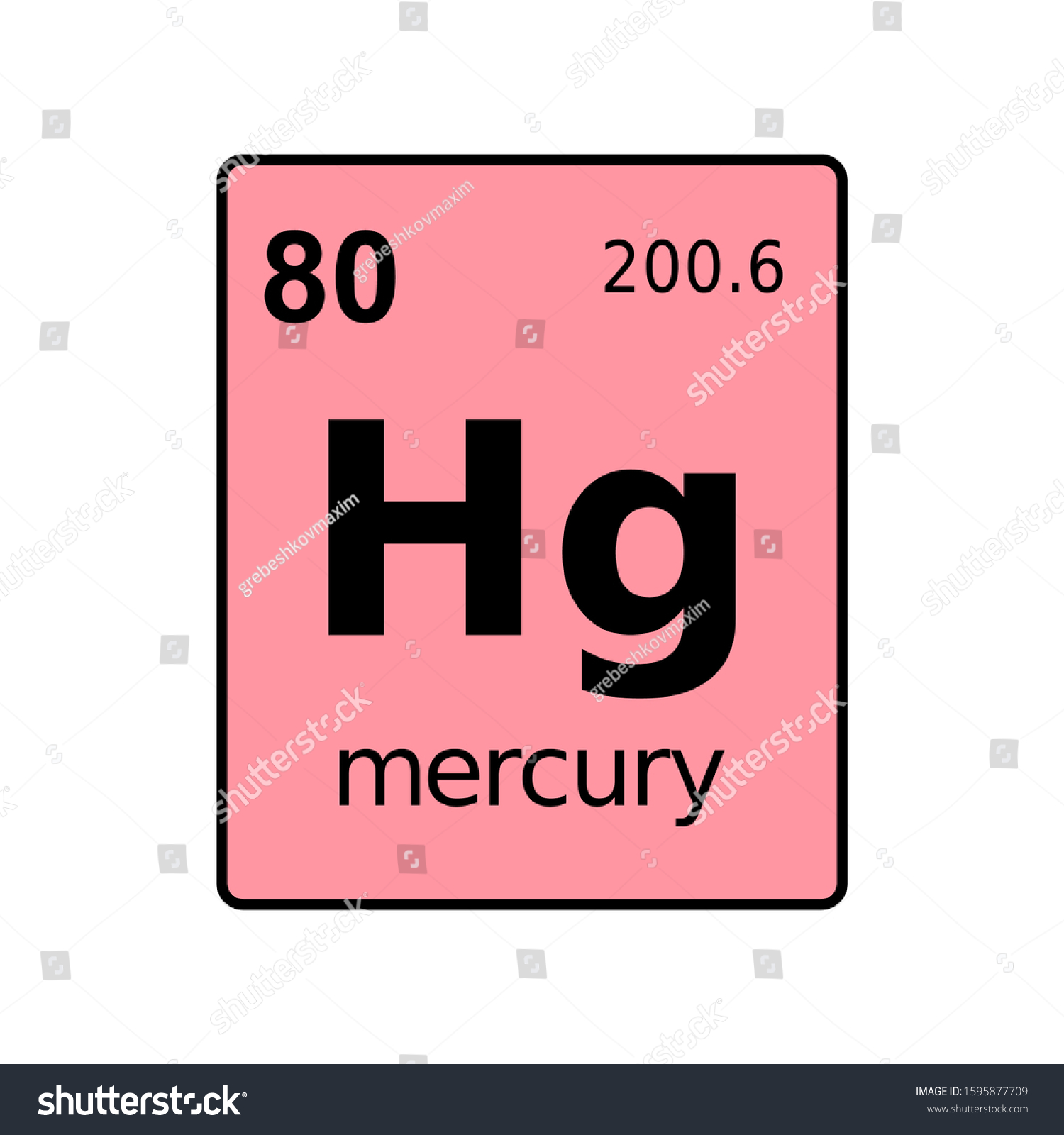Mega.nz Mirrors: Windows RT Surface 1 (RT).wim and Windows RT Surface 1 (RT).wim To make the installation process easier, rename the downloaded file to 'install.wim'. Copy the install.wim to your flash drive. PART 2: INSTALLING THE PATCHED WINDOWS RT IMAGE. Swipe in from the right edge of the screen and select Settings. Select Change PC settings Update and recovery. Select View your update history. The update will be listed as Update for Windows (KB3033055). If you see this update in the history list, you already have Windows 8.1 RT Update 3. Go to Turn on the Start menu below to learn how to. Windows rt edge.
Symbol: Hg Atomic Number: 80 Atomic Mass: 200.59 amu Melting Point:-38.87 °C (234.28 K, -37.966 °F) Boiling Point: 356.58 °C (629.73 K, 673.844 °F) Number of Protons/Electrons: 80 Number of Neutrons: 121 Classification: Transition Metal Crystal Structure: Rhombohedral Density @ 293 K: 13.456 g/cm 3 Color: Silver Atomic Structure. Atomic Number of Mercury. Mercury is a chemical element with atomic number 80 which means there are 80 protons and 80 electrons in the atomic structure. The chemical symbol for Mercury is Hg. Atomic Mass of Mercury. Atomic mass of Mercury is 200.59 u.
Atomic Number Chart
Mercury is a chemical element with symbol Hg and atomic number 80. It is commonly known as quicksilver and was formerly named hydrargyrum
Discovery and History
Mercury can be rightly considered as one of the elements with most ancient existence, and its discovery dates back to around 1500 B.C [1]. Initially, it was referred to as the water-silver or the liquid -silver (originated from the Greek term hydro-argyros used by Aristotle) and later Romans changed its name to Hydragyrum. In the 6th century, alchemists changed its name after the fast-moving Roman god, Mercury, with the symbol Hg (from its initial name Hydro-argyros). Mercury was greatly popular, especially in Chinese traditional medicine, due to its unique solid-liquid nature [2]. The metallic properties of mercury were discovered by Adam Braun and Mikhail Lomonosov (1759), who successfully froze a mercury thermometer.
Mercury
| Periodic Table Classification | Group 12 Period 6 |
|---|---|
| State at 20C | Liquid |
| Color | Silvery |
| Electron Configuration | [Xe] 4f14 5d10 6s2 |
| Electron Number | 80 |
| Proton Number | 80 |
| Electron Shell | 2, 8, 18, 32, 18, 2 |
| Density | 13.55 g.cm-3 at 20°C |
| Atomic number | 80 |
| Atomic Mass | 200.59 g.mol -1 |
| Electronegativity according to Pauling | 2.00 |
Occurrence
The occurrence of mercury is not very common. It is present in crust of the Earth on an average of 0.08 gram, making 0.003 ounce per ton of the rock. Mercury is rarely present in free, pure form and its principally present in the form of the red sulfide, termed as cinnabar (HgS). Naturally, mercury is present near hot springs and volcanoes in isolated drops or in larger fluid masses. Eruption of volcanoes can lead to 4-6 times increase in the atmospheric presence of volcanoes [3]. Around 2/3rd of supply of mercury in the world comes from China, and Chile and Kyrgyzstan make up the rest [4]. Mercury is often obtained as a by-product during the process of gold mining. Some other natural alloys of mercury have also been found, including potarite (with palladium) gold amalgam and moschellandsbergite (with silver), but these are extremely rare.
Physical characteristics
Mercury is a silver-white dense metal with a mirror like appearance. And have the unique characteristic of being liquid at room temperature. Mercury have boiling and melting points of 356.9 C and -38.87, respectively. It has atomic number of 80 and a molecular weight of 200.59 and belong to the Group 12 (Zinc group, II b) of the periodic table [2].
Chemical characteristics
Mercury is highly poisonous. It is generally stable in dry environment but exposure to water lead to the production of gray oxide coating on its surface. It has a low solubility for gases as compared to water. Mercury can vaporize and can stay in the atmosphere for many months.

Salts of Mercury
Various salts of mercury are present that have distinct characteristics and significances. These include mercury (I) chloride (used in medicine), Mercury (II) chloride (a very corrosive and poisonous substance);); Mercury (II) oxide (main oxide of mercury); Mercury fulminate (a detonator used in explosives widely; Mercury (II) selenide; Mercury (II) sulfide (found naturally as the ore cinnabar which is widely used paint pigment); Mercury (II) telluride, and Mercury zinc telluride (used in semiconductors) [2].
Significance and Uses
Despites its toxicity, mercury have found wide usage in variety of industries. Some of the main uses of mercury are described below:
- Good electrical conductivity [5]
Used in making electrical switches
- Low thermal conductivity with high thermal neutron capture [5]
Used as shield and coolant in nuclear reactors
- Health care and dentistry [5]

Main use in production of dental amalgam, B.P apparatus (sphygmomanometers), and thermometers.
- Agricultural industries
Used in making fungicides

- Electricity generation
Due to higher boiling point as compared to water, vapors of mercury are being used instead of steam in electrical generating plants.
- Cosmetic industry
Making mascaras
- Mercury is used in mercury-vapor lamps (which emit light with UV radiation), and are used in street lights, UV lights and sun lamps.
- Mercury is used the production of caustic soda (sodium hydroxide) and chlorine.
Health hazards
Toxicity of mercury is primarily caused by inhalation of the vapors, followed by ingestion of soluble compounds, or dermal absorption of mercury. Once released into the air, mercury gets widely dispersed and remain accumulated in the environment. Ultimately, it finds it way to the bottom of water bodies, and is transformed into methyl mercury, which is the more toxic organic form. Traces of methyl mercury contamination have been reported in fish tissues [6].
Isotopes of Mercury
There are 34 isotopes of mercury (mass number from 175-208). In natural form, mercury is a mixture of seven stable isotopes: 196Hg (0.15 percent), 198Hg (9.97 percent), 199Hg (16.87 percent), 200Hg (23.10 percent), 201Hg (13.18 percent), 202Hg (29.86 percent), and 204Hg (6.87 percent).
REFERENCES
[1] Mary Elvira Weeks, The discovery of the elements. II. Elements known to the alchemists., J. Chem. Educ., 1932, 9 (1), p11
[2]. Rustagi, N., & Singh, R. (2010). Mercury and health care. Indian Journal of Occupational and Environmental Medicine, 14(2), 45–48. http://doi.org/10.4103/0019-5278.72240
[3]. Glacial Ice Cores Reveal A Record of Natural and Anthropogenic Atmospheric Mercury Deposition for the Last 270 Years. United States Geological Survey (USGS) Science for a changing world.
[4]. Brown TJ, Hetherington LE, Hannis SD, Bide T, Benham AJ, Idoine NE, et al. 1st ed. Keyworth, Nottigham: Natural Environment Research Council; 2009. World Mineral Production 2003-07.British Geological Survey

[5] Hammond CR. 81st ed. Cleveland, Ohio: CRC press; 2000. Elements, in Handbook of Chemistry and Physics. Available from: http://www-d0.fnal.gov/hardware/cal/lvps_info/engineering/elements.pdf [last accessed on 2010 Apr 8] [Ref list]
Hg Ka Atomic Number
[6] National Research Council. Toxicological effects of methylmercury. U.S: National Academies Press; 2000. Board on Environmental Studies and Toxicology. [Ref list]
How To Find Atomic Number
Other Periodic Table Elements

- Oganesson
Oganesson is an artificial element that was synthesized for the first time in 2002. It…
- Flerovium
Flerovium is a synthetic element that was discovered in 1999. It is an extremely heavy…
- Francium
Francium was discovered in 1939. It is very unstable alkali metal and considered the second…
